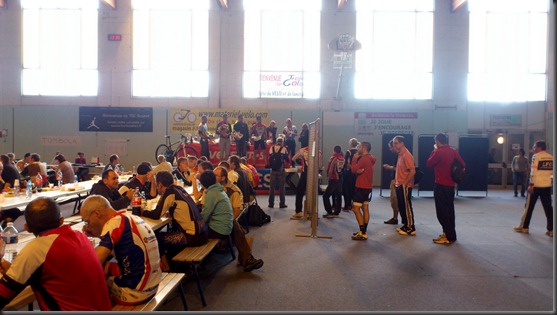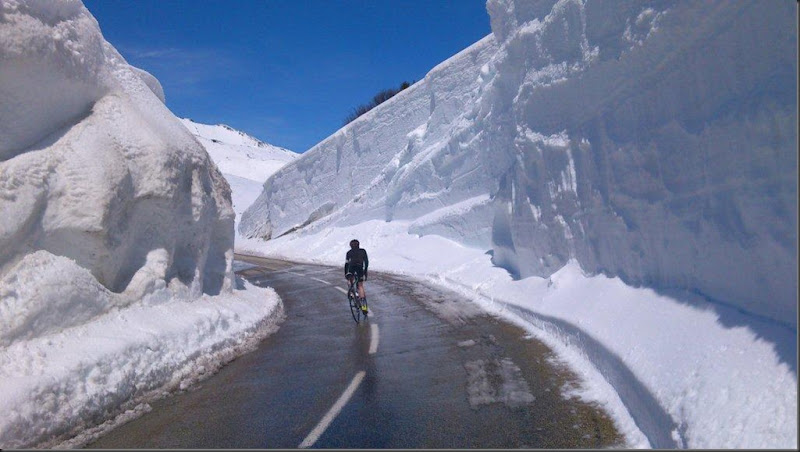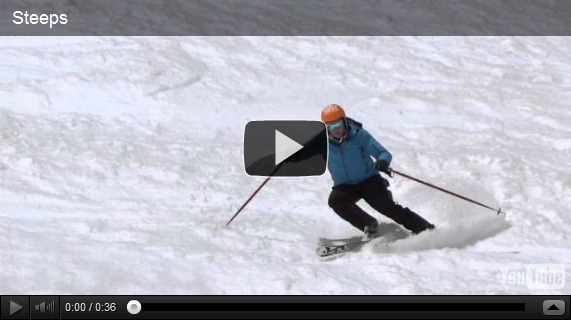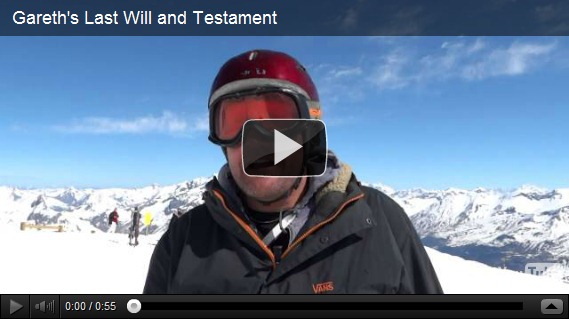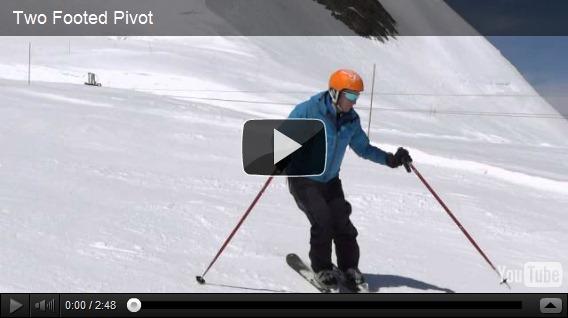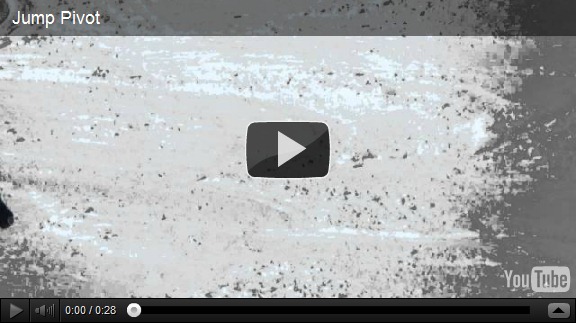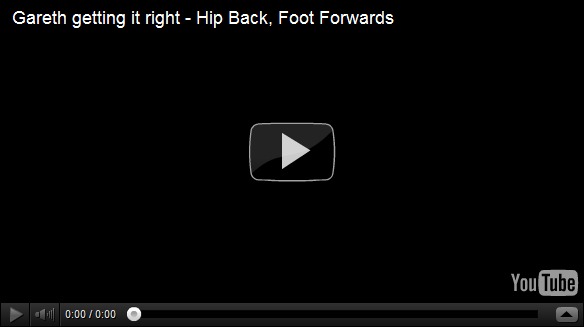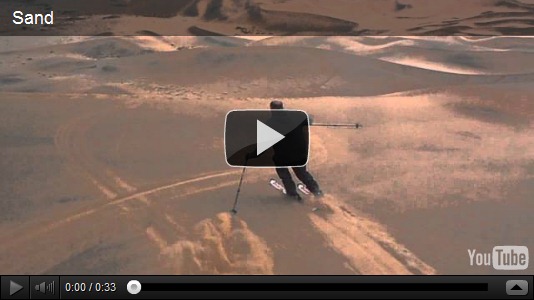Having skied on good transformed Spring snow in Tignes there was an “unreal” feeling about leaving in the same evening to go to a cycling race. “Les Trois Cols”, west of Lyon, would clearly attract a fairly competitive “early season” bunch of club racers and I’d only managed a handful of very short training rides. Perhaps “unfeasible” is more accurate than “unreal”. My massive winter weight gain would not be much help either – except perhaps for cushioning a fall or acting as a windbreak for somebody else.
Preparation
What preparation? The weather forecast had been bad all week for race day so we had decided not to go – but at the last minute this changed and a weather window appeared showing that it wouldn’t actually rain during the time of the race. Chris decided to go straight from work without returning home and packing and I – against all sensible reasoning – decided to go too, leaving only a short window to clean the bike and get packed. When you are not in the habit of racing or even training then there are a million and one details that are easily forgotten – so preparation was chaotic. In addition I’d been up early to go skiing and had a full on day on the mountain already. Arriving at Lyon the GPS wouldn’t recognise the exact address of the F1 hotel we were aiming for and Chris was darting around on the roads making assumptions instead of patiently navigating – so we wasted half an hour there. The only way to navigate is to STOP the car and verify accurately against a map. There was a palaver getting into the hotel because Chris had booked and paid by internet earlier in the day but it turns out – for the wrong day! F1 don’t give refunds! Chris was definitely “I’m Mr Stress But I Can Barge My Way Through That”– but then what better reason for going racing? To be honest I have no idea how Chris copes with all the balls he has to juggle in his life – I’d explode.
Chris’s internal navigation system worked the next morning – at least, given 50% odds, we went in the right direction to find the race registration and start. During the pre-race warm up on the bikes he did get us lost again through a wrong turn 5 minutes before the start – but then you get used to this. Perhaps it’s part of a strategy to get wound up before a race. I’ve got it wrong because I like to relax.
Race
There weren’t any legs visible as white as mine at the start so that was a bad sign. I opted for the short 95km (officially) course with 1400m climbing – instead of the long 150km course Chris was doing. Chris has managed a reasonable amount of training and at one point this winter weighed even less than me despite being around 6 inches taller – unless he is shrinking with age. My mind-set was simply to enjoy the route, see some new countryside and finish safely. There was a resigned acceptance that actually “racing” would be impossible. It was hard to spot anyone else who had any fat at all and the standard of equipment was generally impressive. Despite all of this I found myself edging towards the front of the queue for the start. The warm up had worked and literally warmed up my body so I removed the arm protectors. I’d put on a slightly thicker base layer under the T-shirt and put a very thin waterproof in a pocket just in case.
The start was predictably fast as it was downhill and resembled being caught up in a stampede. There must be a strong unconscious element to all of this because herd instinct definitely takes over. My logic however was to avoid dropping out of the back of the pack and getting isolated – so it’s best to get as far up to the front as possible at the start. There was a fair amount of climbing ahead but also long stretches where drafting would make a really big difference and convert that initial effort into a good investment. What surprised me was that as soon at the initial descent was over my heart rate was close to maximum and legs were wondering what had hit them. The fact is that the spirit of the event just sucks you in and you end up racing – even if you don’t want to. There’s no way that “training” can replicate this effect. The whole dynamic of the event ramps up your pain tolerance to another level altogether. Pain becomes largely irrelevant. When you realise that the others around you can’t drop you on a long and painful climb then you know for sure that this pain is shared. People might hide their pain well – but some signs are unavoidable.
Despite a heart rate firmly in the red I was clearly going into reverse gear on the longer climbs – excess body weight being like an anchor. When there’s nothing you can do about it you just resign to it and work as hard as you can to keep a reasonable pace. Being ahead at the start meant that I could let one pack disappear on a long climb and be sure of another appearing around me for the next rolling section. The entire race panned out exactly in this manner. Only once or twice was I isolated for short sections after long climbs. When you get isolated and face wind and tiredness you just slow down. When the inevitable pack catches you up it’s impressive how big the speed difference is so you have to battle to get the legs working again and get in behind to draft. It can be extremely difficult but you know it will seriously pay off. The best packs are those where you just manage to hang on by the skin of your teeth because you make up so much ground. It’s not cheating – because you earn every minute gained. Holding onto a pack that’s fitter than you are is tough. There’s no point having any illusions about going to the front and doing your share of the work – and they know it!
This battling went on relentlessly for about 2hrs 45mins until my legs started to give out on one of the final climbs – at which point I had to recognise my usual stupidity of not having eaten anything. I’d used about half a litre of sports drink but due to the low temperatures at altitude dehydration wasn’t an issue – though it meant I wasn’t taking on board any sugar. At that point I started to feel chilled. This is now something that I’m starting to recognise as a blood sugar issue. Chill and loss of power seem to both be due to low sugar. I still managed to maintain a reasonable pace and didn’t lose a lot of ground to those ahead – but at the top of that climb I obliged myself to overcome the headache and tiredness to go through the seemingly impossible task of opening a gel and eating it. The recovery effect was pretty quick and on the last climb there was definitely more energy available.
I love races that end with a long 20km descent almost to the finish line! All races should finish this way. I’d spent the final 30km with a yoyo relationship with one guy in a red jersey – he pulled me along the rolling sections, left me behind on the climbs and then I’d catch him on the descents. There were a couple of very nasty seriously steep but short sections thrown in towards the end to destroy the legs completely but for the final several kilometres the countdown to the finish was fast – especially as I’d become part of a substantial pack of about 10 riders who were streaming single file at high speed. The actual finish line was after a short but steep climb and I knew there was nothing in my legs and my respiration system was already maxing out just holding on to the group so there was no question of battling for position – I just let them go and rolled over the finish line alone. There was a 2km warm down ride back to the car park and reception – which is a really excellent idea. Despite this I discovered 30 minutes later when making a telephone call that I still couldn’t both talk and breathe! My legs were shot but no cramps or problems – no bum, back or neck problems and no pins and needles in the hands. It’s surprising how the body can cope even without proper training. Interestingly, I had more enjoyment with this race than for any race that I participated in the previous year. It seems to me that weight gain in the winter is not so important as having a proper seasonal rest and break from aerobic activity – at least in my case. Last year I never gained weight in winter due to running but seemed to suffer from a form of overtraining all summer that became totally demotivating. Motivation is more important than results. (That’s my current theory – but no doubt it’s totally wrong)
Technique
I was able to use the chi-cycling coordination the whole time – but being stretched to the limit it was hard to focus on maintaining form with the active use of the core muscles. Knowing that I was at the limit aerobically I deliberately used bigger gears to take advantage of leg strength from the skiing. Most of the time that meant using the big chain wheel – even when climbing. The only time the small chain wheel was used was on really steep sections. I noticed that my cadence was lower than anyone else’s but I simply didn’t have the cycling mileage to sustain a higher cadence and maintain speed.
Nasal breathing was not an option either. Though that cured my cancer last year (verified recently by the dermatologist) it still requires specific training to be able to work at a high heart rate and avoid over-breathing. That’s something – along with weight loss – that will be a long term agenda for the rest of the summer.
Result
In the end I came 209th out of 251 – which for such a competitive field was a much better result than could be reasonably hoped for. This was 37th in age category out of 55. Chris came 103rd on the long course and was pleased with an improvement from 118th last year. It’s clear that for me a bit of training will go a long way but it will be more important to control weight through diet and to be able to recognise the signs of over-training in future.
Prizes for the short course at the end..
